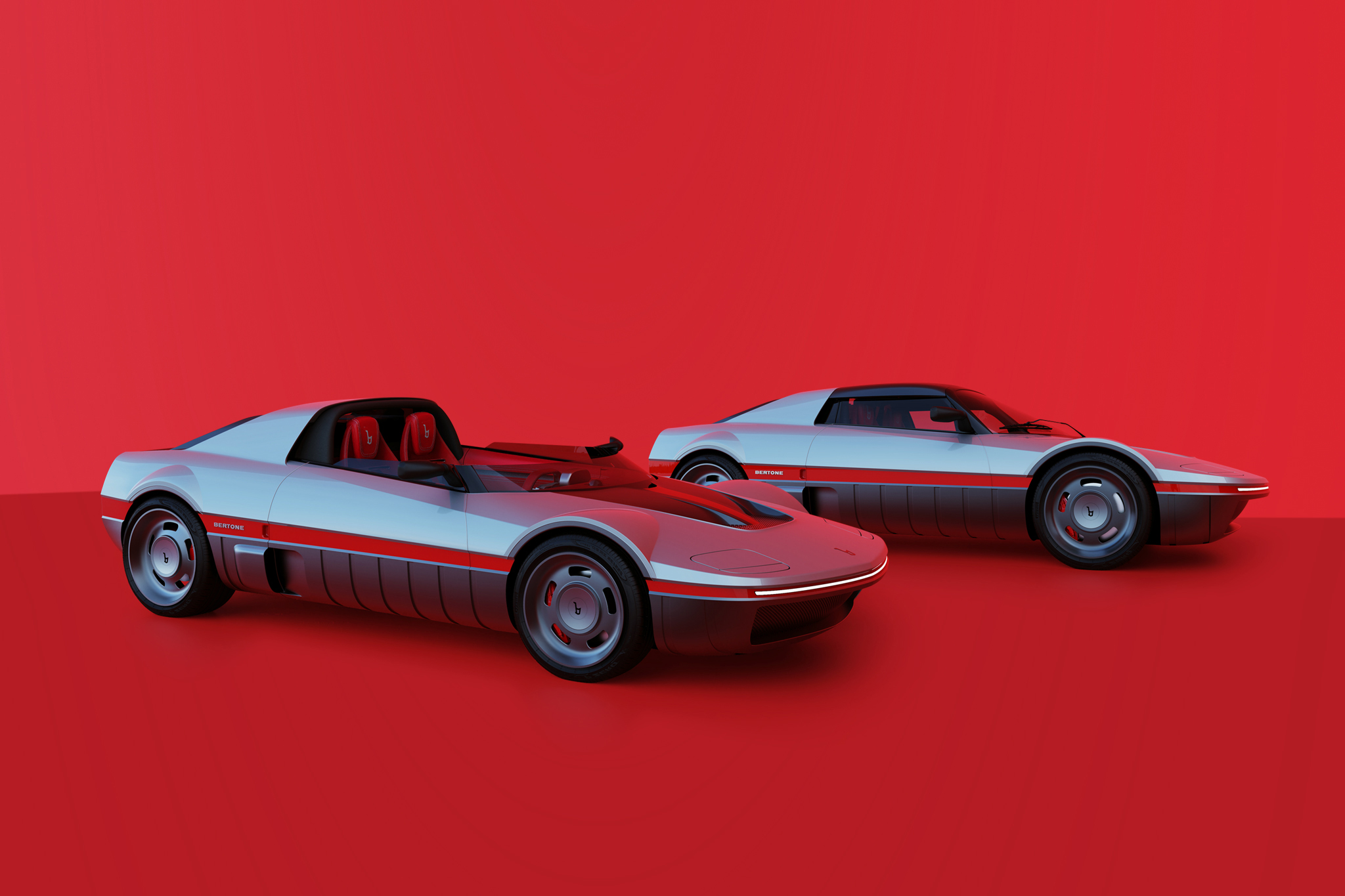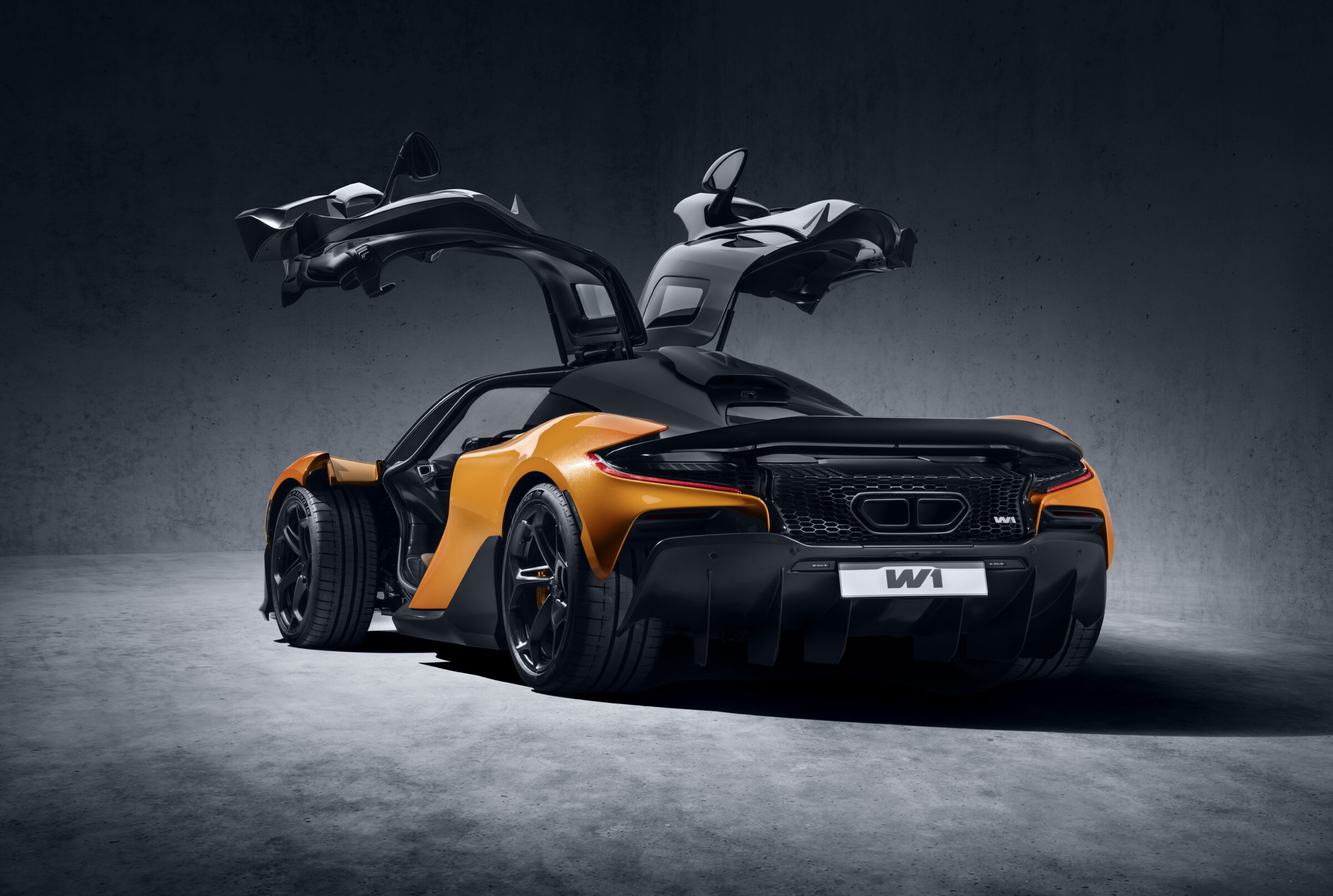Porsche 356 A
The second part of our 356 series deals with the Porsche 356 A. This represented the first major further development of the original model of the still young sports car brand and made its debut in the fall of 1955. With the previous vehicles, referred to in retrospect as Pre-A – innovations kept moving into production. For example, after the move from Gmünd in Austria to Zuffenhausen near Stuttgart, the company had switched to a one-piece windshield with a central crease. This was dropped on the 356 A in favor of a slightly curved windshield for the first time. Otherwise, the Coupé, Cabriolet and Speedster were very similar to the previous cars. Below the headlights, there had already been modified turn signals and also small air vents had been introduced in the early 1950s. New on the A were better steering dampers and more caster on the front wheels.
Two new versions instead of the Speedster
At the end of 1957, Porsche took the 356 A Speedster off the market. Prior to that, there had been an optional hardtop for winter use, available only in 1957. It was also offered for the Cabriolet. The Speedster variant had served its purpose and brought the sports car brand its first sales and racing successes in the USA. As an alternative, two new versions came to dealers from the beginning of 1958. The bodies for the 356 A Convertible D, whose basic shape corresponded to that of the Speedster, were built at the Drauz body plant in Heilbronn. However, a taller windshield was installed and, as a result, a larger fabric hood with a larger rear window. Instead of the slot-in side windows, there were classic crank windows and more comfortable seats instead of the sports bucket seats.
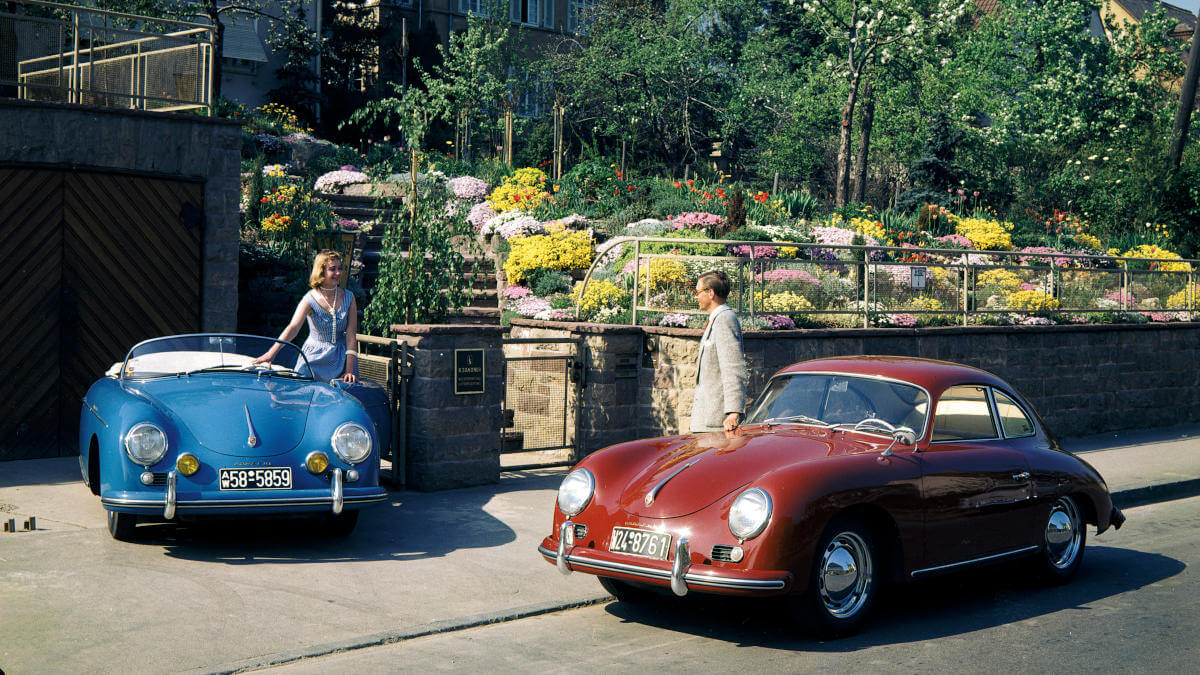



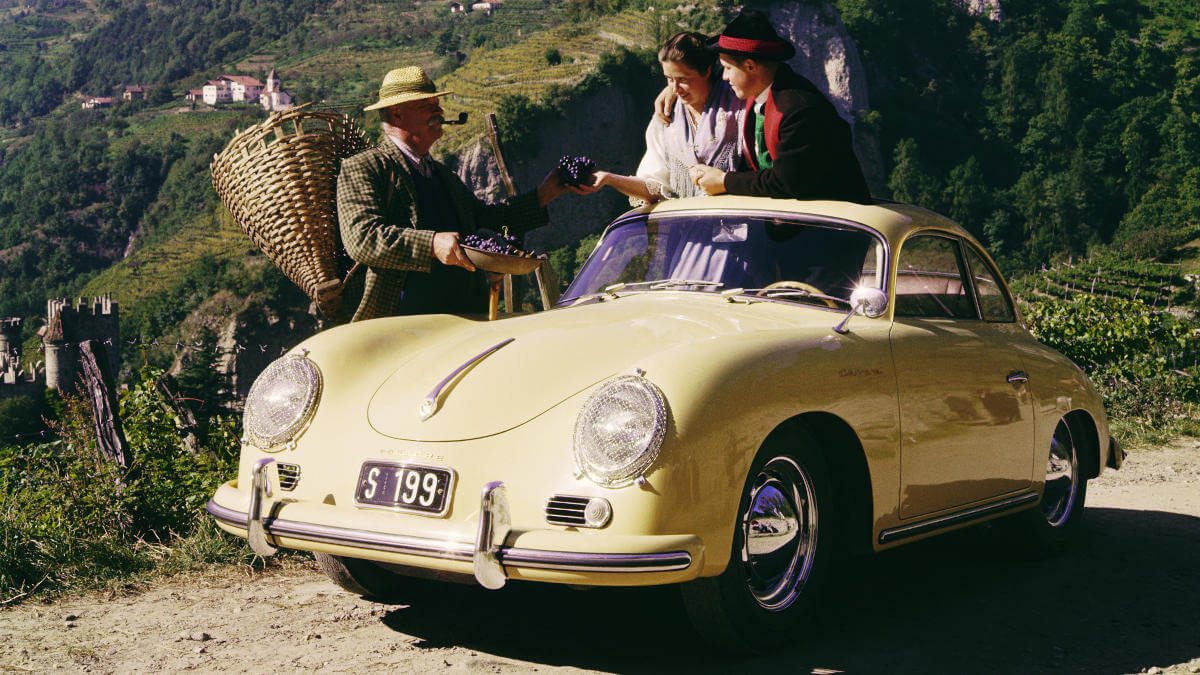

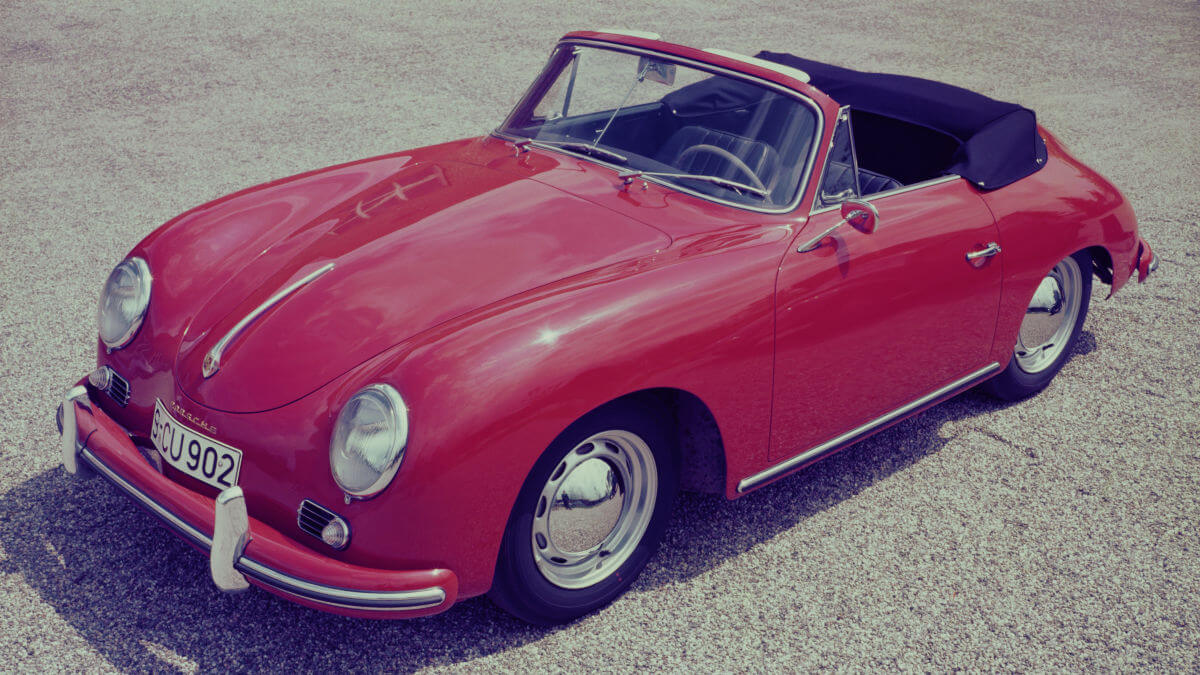

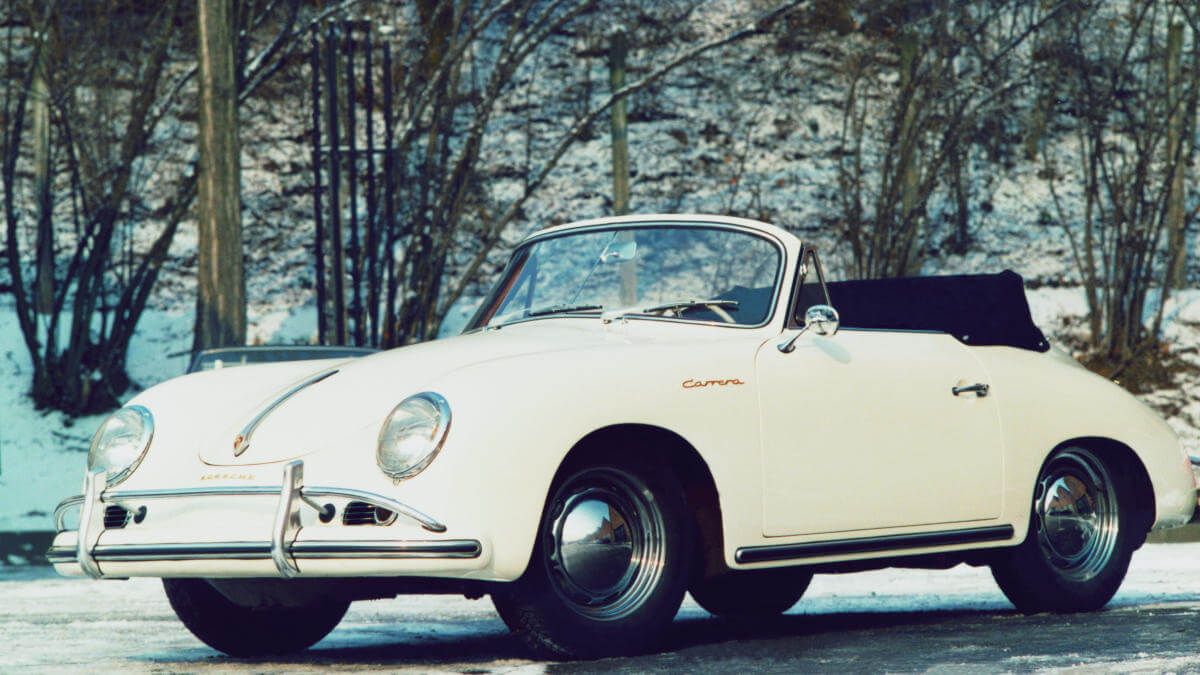

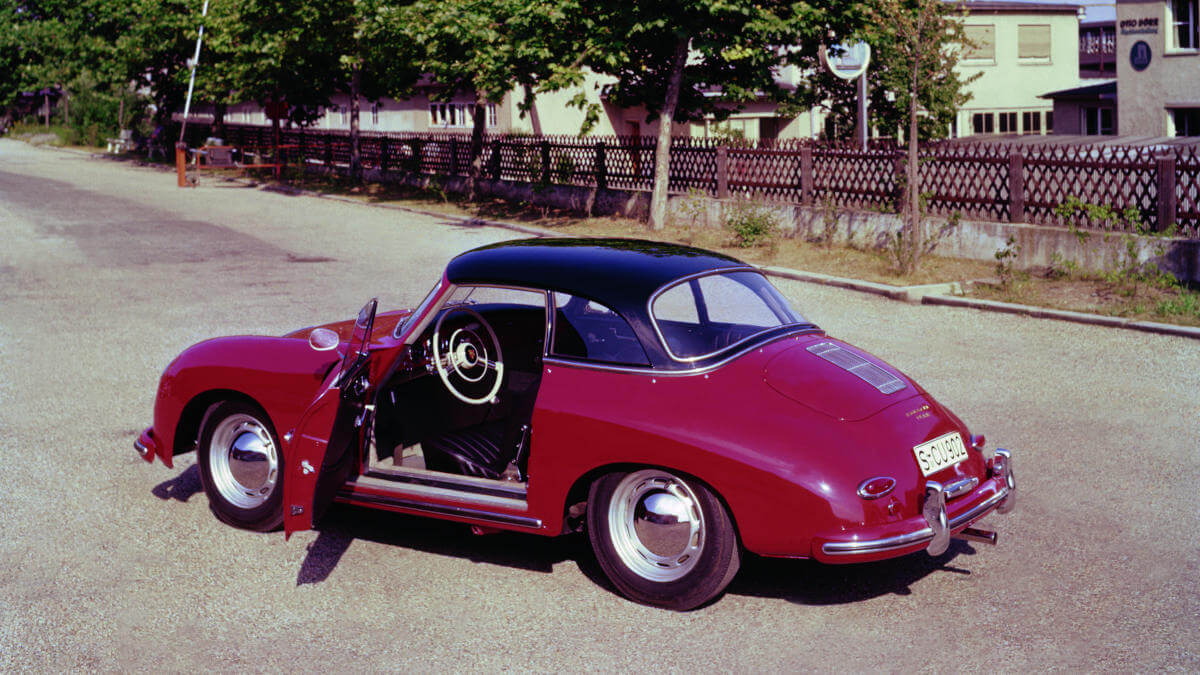





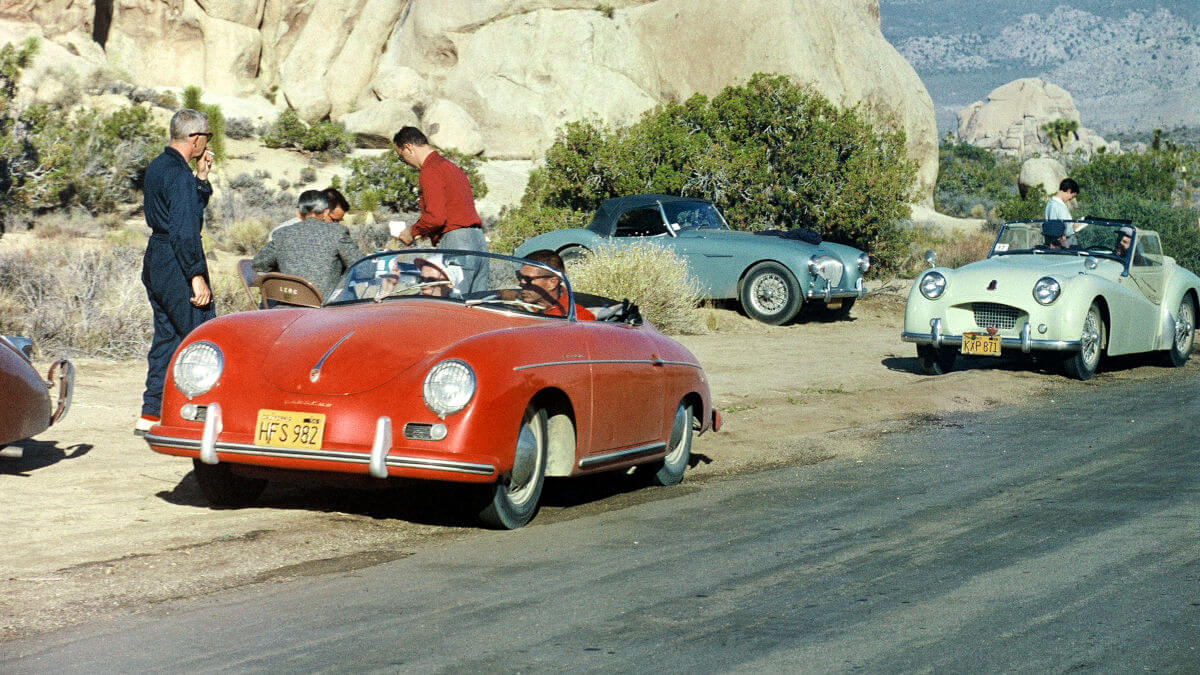

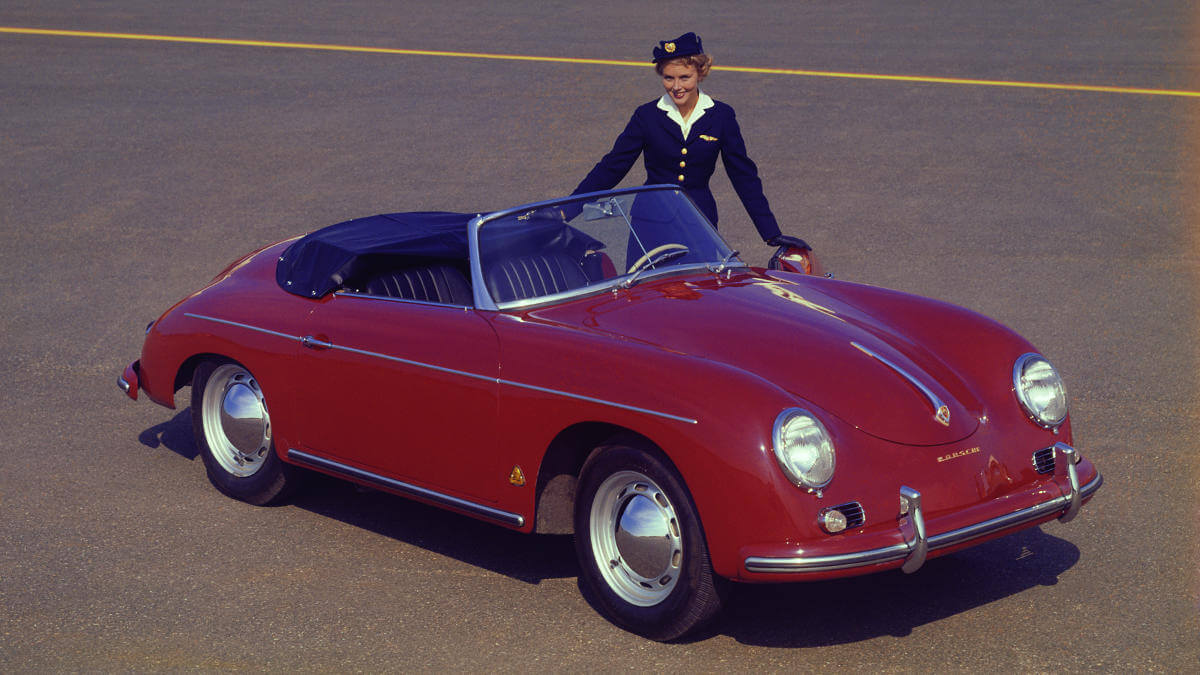

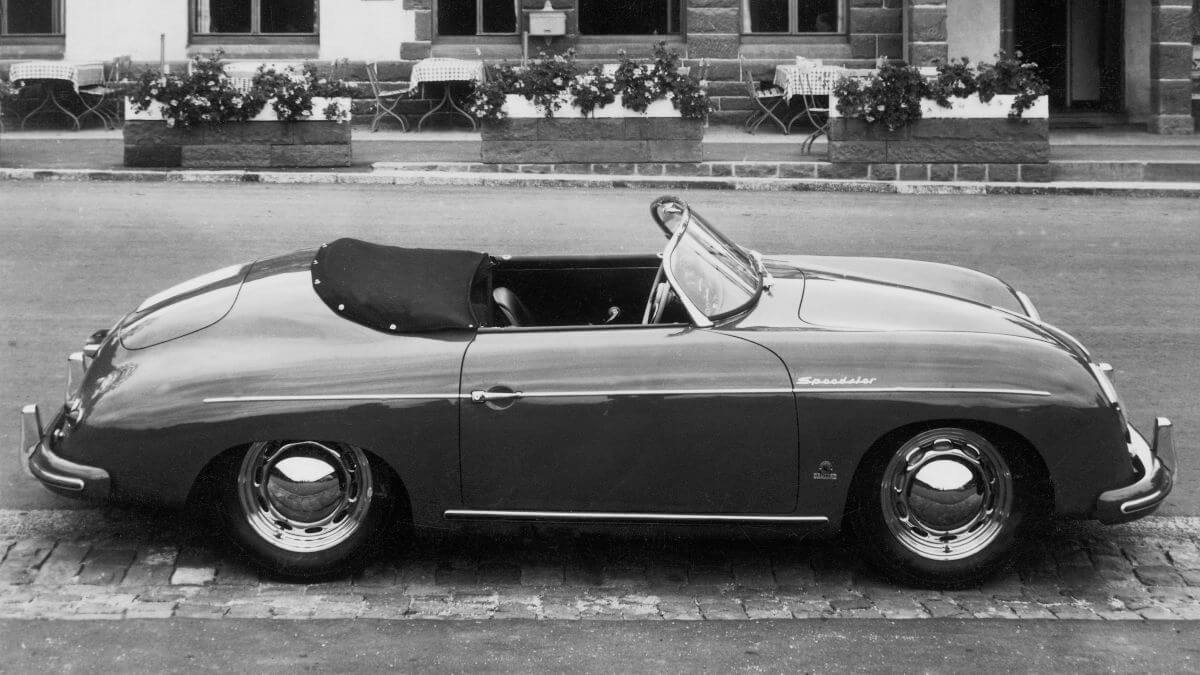

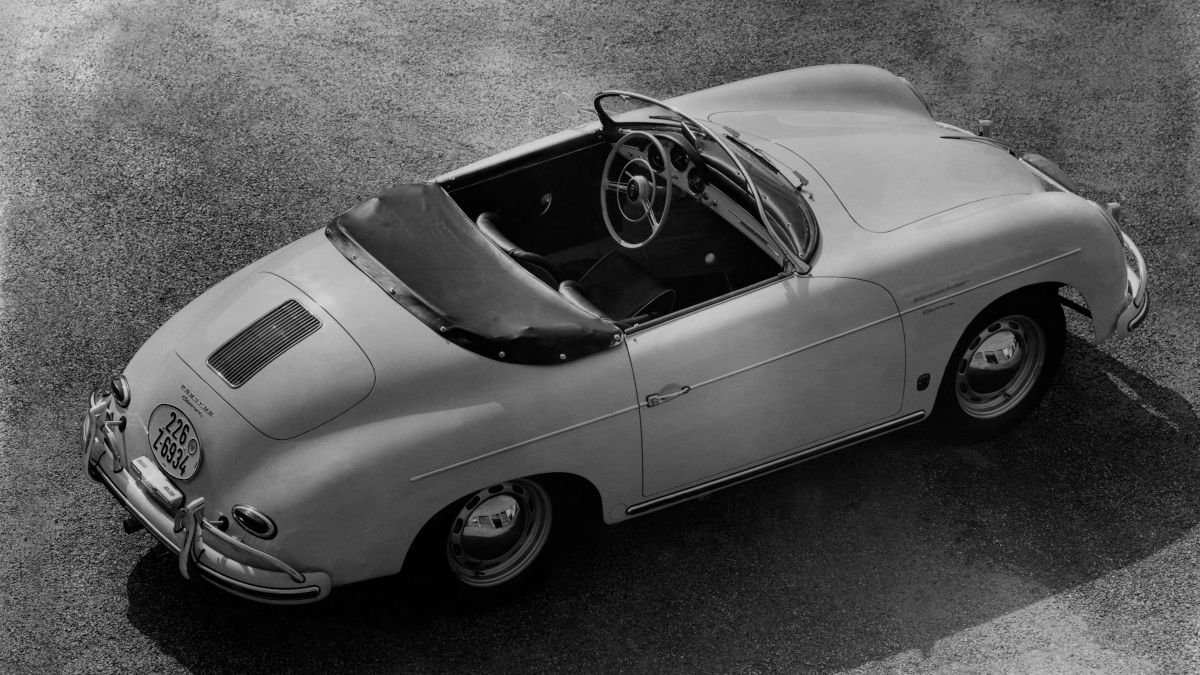

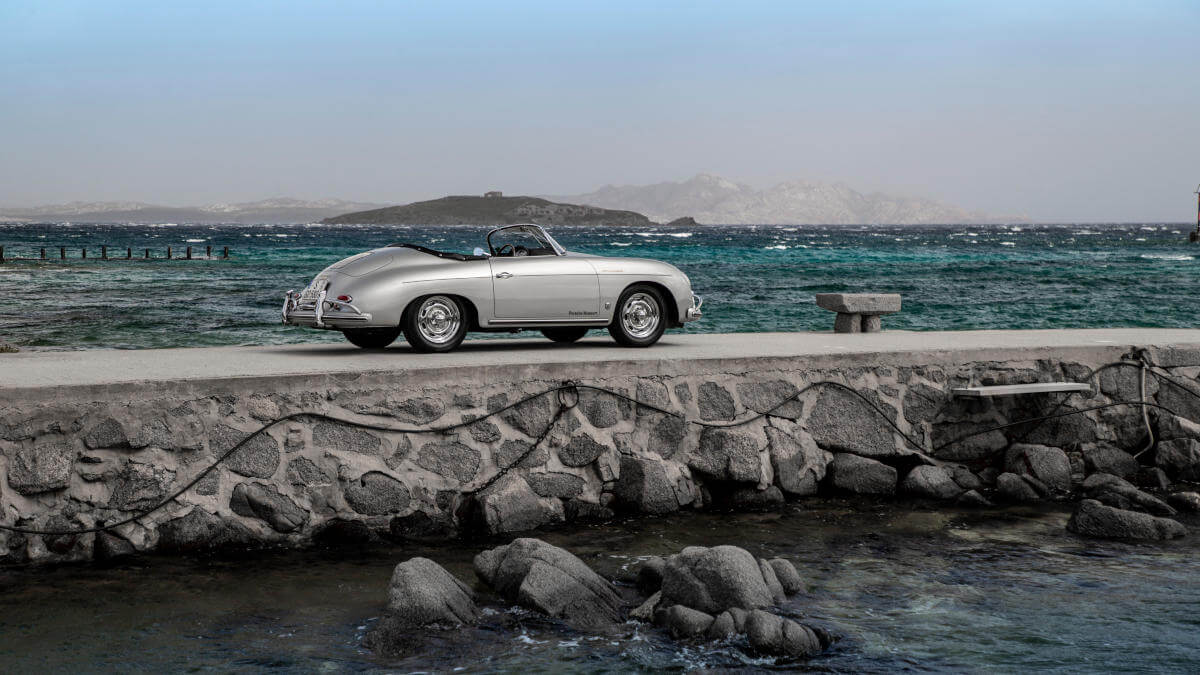







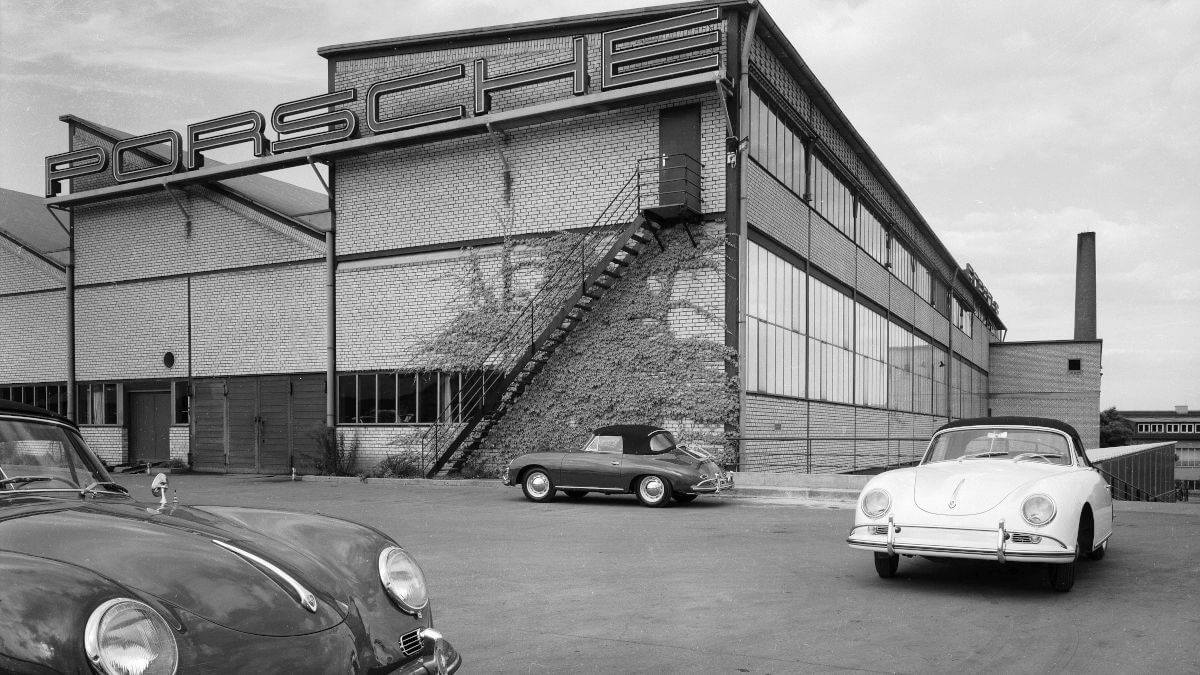

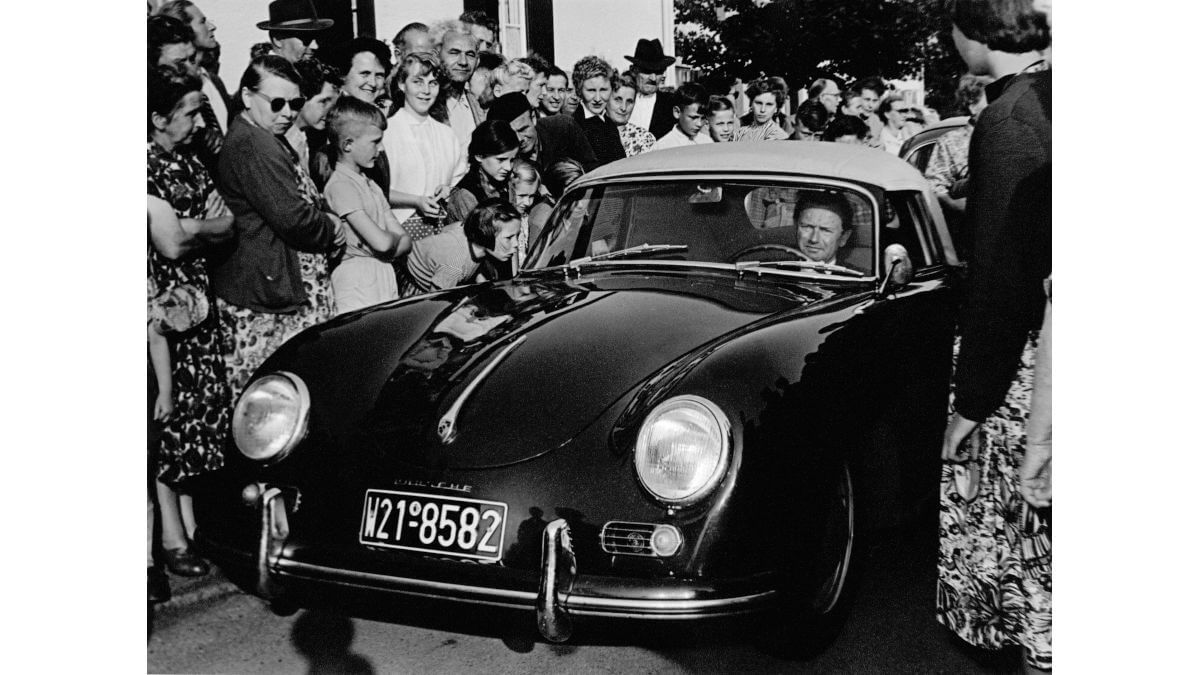



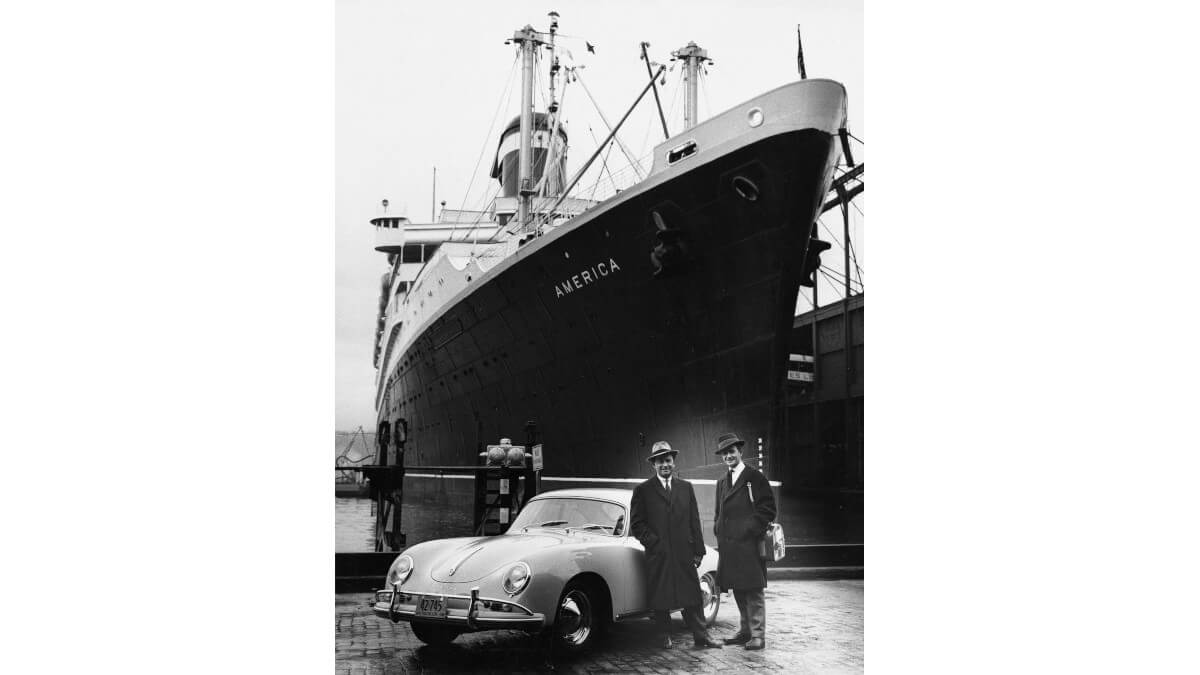





In addition to the Convertible D, the 356 A Hardtop Coupé appeared. Here, the optional hardtop of the Cabriolet was welded firmly to the bodyshell, resulting in modified lines compared to the normal Coupé. In parallel with the steadily rising sales figures, Porsche continued to develop the vehicle. While initially there was the 1300 with 44 hp, the 1300 S with 60 hp, the 1600 with 60 hp, the 1600 S with 75 hp and the 1500 GS Carrera with 100 hp, the two smallest versions were soon dropped. In 1958, the 1600 GS Carrera with 105 hp was added to the range. A year later, the 1600 Carrera GT with 115 hp replaced the 1500 GS Carrera.
Very successful in motorsport
The nickname ‘Carrera’ was adopted due to motorsport successes at the Carrera Panamerican in Mexico. All models designated accordingly received light alloy hoods and bucket seats. Starting with the 1600 Carrera GT, the rear hoods received six additional air vents to the right and left of the actuall grille. Through the factory options program, customers interested in motorsports could order limited-slip differentials, sports exhaust systems, intake air funnels and wheels with center locks. Even an electrically heated windshield was on offer. Drivers like Paul-Ernst Strähle ensured constant interest in this sports car with victories against much stronger competitors. Among other things, the GT class up to two liters displacement was won three times in a row (1956, 1957 and 1958) in the 1,000-kilometer race at the Nürburgring. In total, exactly 21,045 examples of the Porsche 356 A were built up to September 1959.
Images: Porsche



